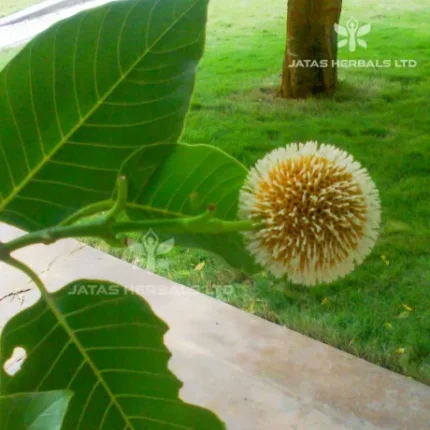Himsra is mentioned in all the Brihat Trayi texts. Dalhana quoted both Himsrµa (C. sepiaria) and Ahimsrµa (C. zeylanica). He also describes about Kµalµa, which is considered as ‘Katu Himsra’. There is some controversy regarding the identity of Himsra, Vyaghranakhi, Kala etc.
Botanical Description – Twigs, petioles and leaves generally densely and minutely whitish-pubescent (obvious to the naked eye or at the most with a × 10 lens). Leaves (in Tanganyika) generally deciduous at flowering time. Flowers 2–10 in a cluster or (in Tanganyika) on much reduced lateral branches; pedicels glabrous or very thinly white-pubescent. Sepals glabrous or sometimes with a weakly pubescent margin. Gynophore, in fruit, ± 1 mm. in diameter.
Part Used– Root, leaf
Dosage– Decoction 50-100 ml.
Research – Capparis sepiaria L, a profusely branched hedge plant, is used in Indian traditional medicine. Capparis sepiaria leaves were extracted with ethanol and concentrated to dryness. The LD 50 value was determined as 894.43 mg/kg body weight by acute toxicity study. The ethanol extract was investigated for possible hypoglycemic effect produced by single oral administration at various dose levels 100, 200 and 300 mg/kg in the streptozotocin induced diabetic rats and compared against normal saline control and the standard glibenclamide. A maximum fall of plasma glucose level 9.40%; 13.57%; 15.25% and 18.80% was observed after 12 h of treatment when administered with ethanol extract of Capparis sepiaria at 100, 200 and 300 mg/kg, and glibenclamide 10 mg/kg dose, respectively. The findings from the study suggest that the Capparis sepiaria leaves may be prescribed as an adjunct to traditional formulation and drug treatment for controlling diabetes mellitus Selvamani P. et al., 2008).





Reviews
There are no reviews yet.